Do you intend to renovate your bathroom in the near future? Your bathroom, being one of the most used rooms in your home, should be a place where you like spending time getting ready in the morning or relaxing after a long day. The material of the bathtub you choose, as well as how well you care for it, will affect how long it will last. However, different materials might cause a bathtub to wear out faster. In this blog, we will dive into what different types of bathtubs’ lifespan are and when you should replace your bathtub.
What Is the Lifespan of a Bathtub?
Bathtubs typically last 10-30 years, depending on the material used. Modern, low-cost acrylic and fiberglass tubs will survive for 10-15 years. Although a porcelain-enameled cast-iron tub will survive far longer, it will need to be refinished every 5-15 years.
How Long Will an Acrylic Bathtub Last?
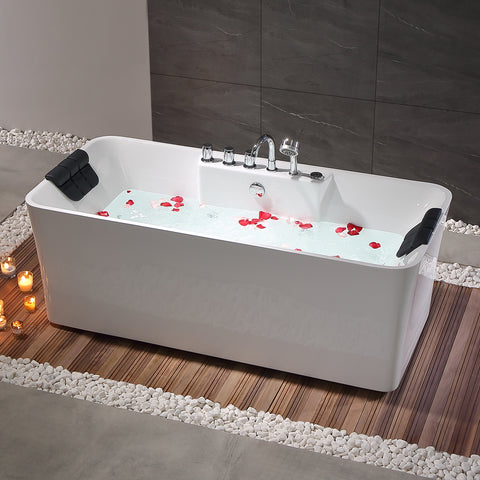
Acrylic tubs are slightly more expensive than fiberglass tubs but last longer. They are made of layers of clear plastic reinforced with fiberglass. Acrylic has a far wider range of available colors than porcelain-coated and fiberglass bathtubs. Acrylic bathtubs come in a much larger spectrum of colors than porcelain-coated and fiberglass bathtubs.
The acrylic surface feels warmer than porcelain and holds heat better than fiberglass. Acrylic tubs are lightweight, like fiberglass, but they are more robust and less likely to warp, stain, or be damaged by cracks or chips. However, because acrylic is easily scratched, always clean with a gentle sponge or microfiber towel.
On average, the lifespan of an acrylic bathtub is approximately 10-15 years. When combined with another strong fundamental material, such as a high-tech polymer, an acrylic bathtub can be an affordable and long-lasting option.
Porcelain-Enameled Steel Bathtubs: How Long Do They Last?
Porcelain bathtubs are typically referred to as porcelain-coated steel or porcelain-coated cast-iron tubs.
Depending on the brand and style, porcelain-enameled steel bathtubs may be less expensive than acrylic bathtubs, but they are significantly heavier. Porcelain-enameled steel bathtubs are made of a strong material that does not flex like fiberglass or acrylic.
If you accidentally drop a heavy object on the porcelain finish, it may scratch. The tub will then need to be refinished because the exposed metal may rust. Porcelain-coated steel bathtubs, on the other hand, are less likely to be scratched or stained.
With proper care, you can expect your porcelain-enameled steel bathtub to last at least 20 years. A bathtub liner can also extend the life of your porcelain-enameled steel bathtub by another 10-15 years. A bathtub liner is molded acrylic or PVC plastic that fits over the surface of your tub.
How Long Will a Fiberglass Bathtub Last?
Many people prefer fiberglass because it is cheap and lightweight. Because it is thinner than most other bathtubs, it is suitable for 2nd bathrooms. However, due to its thinness, the material is prone to bending, breaking, and damage.
A fiberglass bathtub has a 10-year lifespan. Epoxy is used to finish fiberglass bathtubs. This finish is easily scratched, which increases wear and tear. A scratched surface is more difficult to clean and less hygienic.
How Long Do Stone Bathtubs Last?

A marble, granite, or travertine bathtub is a classic and beautiful choice for people who enjoy the drama and appearance of genuine stone. They are, however, very heavy and do not hold water heat effectively. Natural stone baths are ideal for first-floor bathrooms.
The expensive cost of stone bathtubs is mitigated by their endurance. A stone bathtub can be used for a long period.
How Long Will a Porcelain-Enameled Cast Iron Bathtubs Last?
If you prefer the look and feel of porcelain baths over acrylic and want long-term durability, porcelain-coated cast-iron bathtubs are a good choice. While they are manufactured in the same way as porcelain-enameled steel, the core material utilized is significantly stronger and heavier. In addition, cast-iron tubs retain heat better than steel tubs. They are ideal for lengthy, hot soaks.
Because of the higher weight of cast iron over steel, you may need to install more floor supports; keep this in mind as it may raise installation expenses.
One disadvantage of porcelain over acrylic is that there is less color variety. If a significant weight is dropped on the porcelain, the surface may be chipped or damaged, as with steel tubs. If the surface of your porcelain tub is damaged, you will need to reglaze it to keep the metal core from rusting.
If you still can’t decide between an acrylic bathtub and a cast iron bathtub? Read this blog, Acrylic Vs. Cast Iron Tub: Which is better? While porcelain-enameled cast iron is more expensive and heavier than steel or acrylic, a good cast-iron tub may last 70 years or more!
When Is It Time to Replace Your Bathtub?
Here are 4 signs that you might need to replace your bathtub:
- Leaks& Cracks-If a bath cracks, it may become unusable and perhaps dangerous. However, if you are determined to repair your cracked or leaky bathtub before purchasing a new one, a leaking bathtub might be tough to repair. Leaks are likely to produce warped wood, mold, and mildew concerns. You should not ignore even a minor leak because leaks worsen over time.
- Stains-Cleaning can save stained tubs, but if the surface is damaged, the tub becomes porous and the dirt is tough to remove. Those stains are ugly, but they indicate that you can no longer maintain adequate hygiene standards in the bath.
- Mold and mildew- Mold and mildew are typically obvious, but the germs can also hide in your caulk, within the faucet, or in the bathroom wall. Bathroom mold and mildew are not only ugly, but they are also dangerous to our health.
- Uncomfortable and/or difficult to use- Think about how your bath is for you to use. If you are not comfortable with it. Make a decision and change it. Come and visit this collections.
Summary
A bathtub can last anywhere from 5 to 100 years, depending on the material used, how it is placed, and how well it is maintained.
Lightweight materials, such as acrylic or fiberglass, are less expensive and less durable than heavier, more expensive metal and stone counterparts, but each has advantages and limitations.
Good maintenance can add years to the life of your bathtub, and renovating it with a bath liner or reglazing the surface can add another 15-20 years.

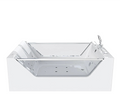
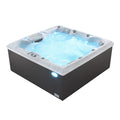
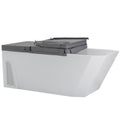
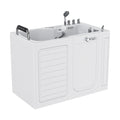
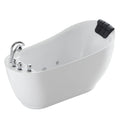
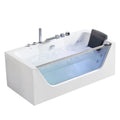
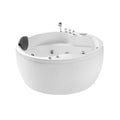

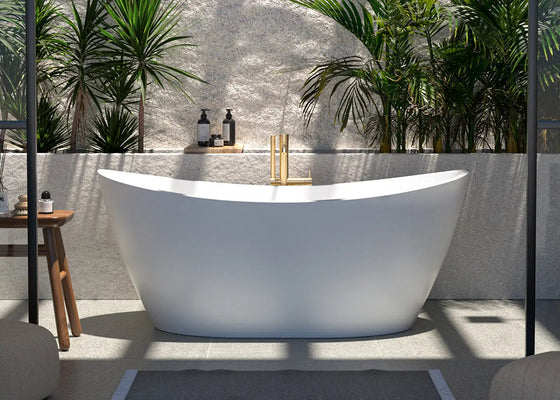






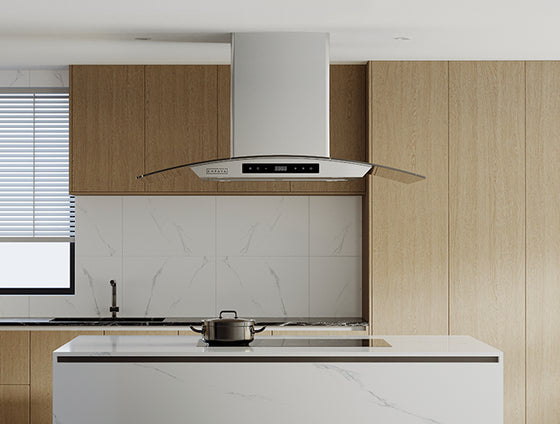

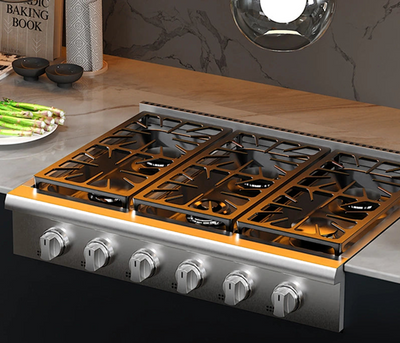
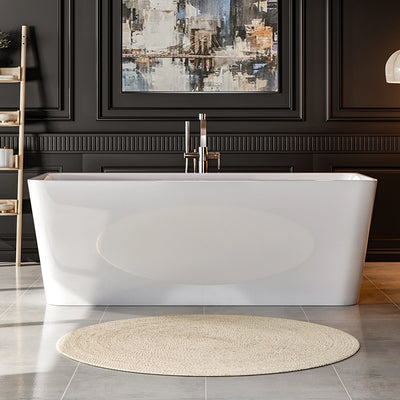


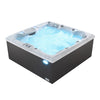
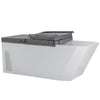

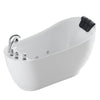
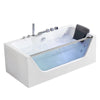
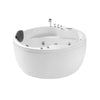

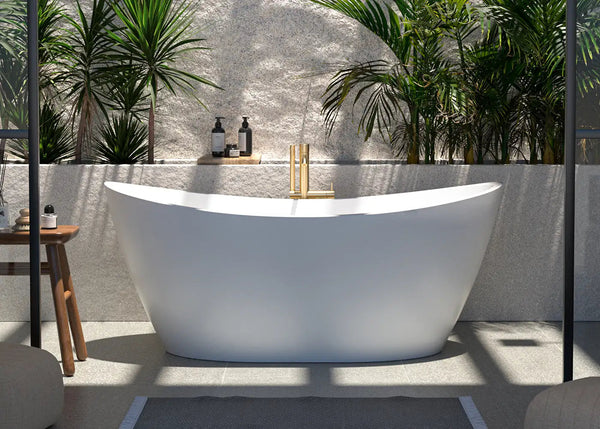





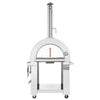
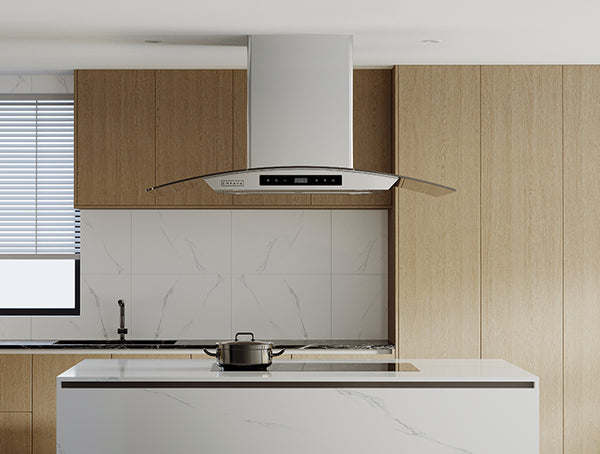
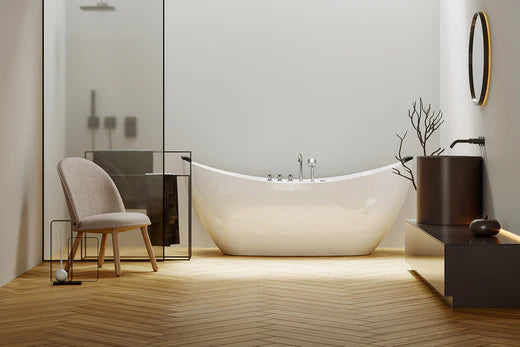
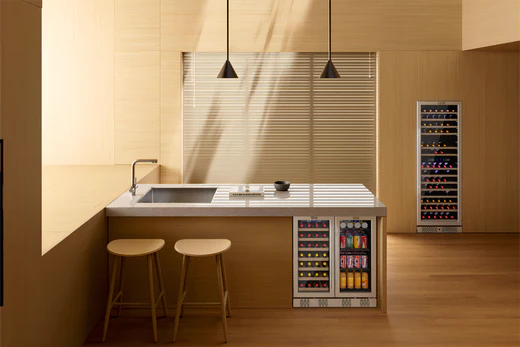

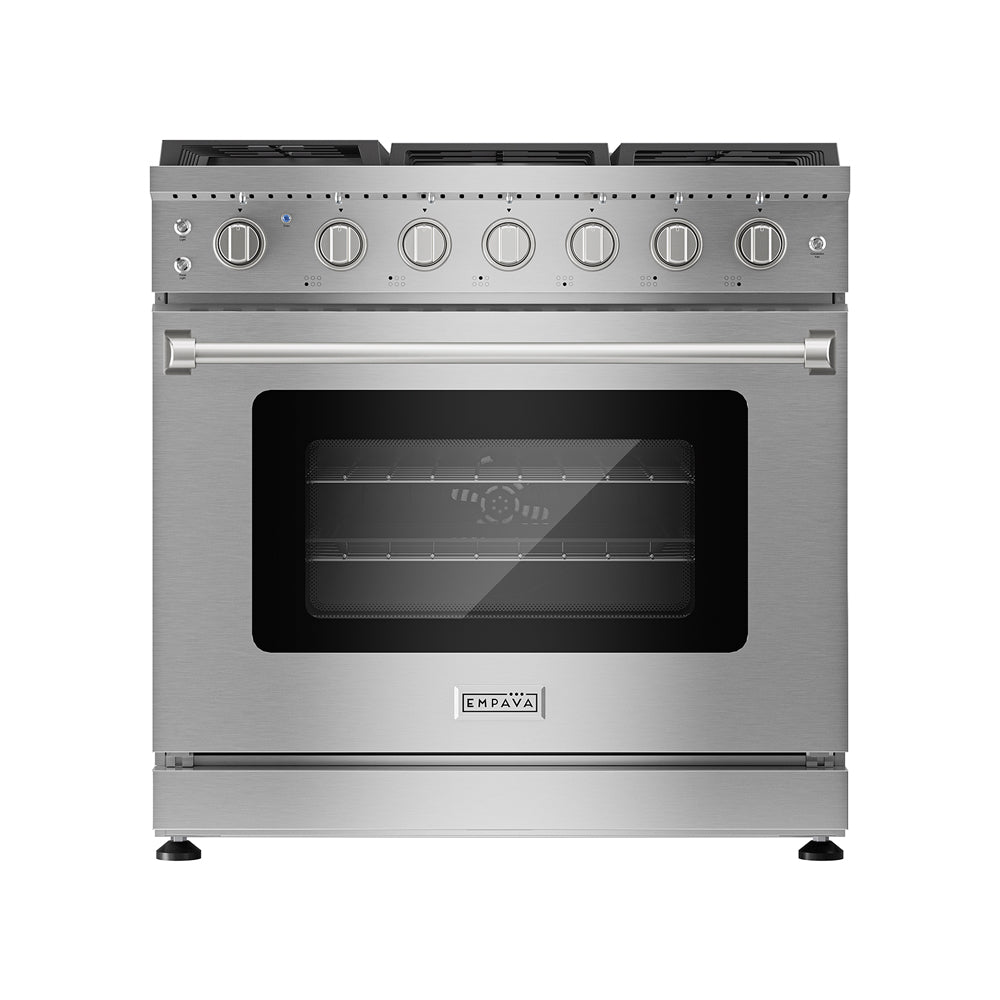


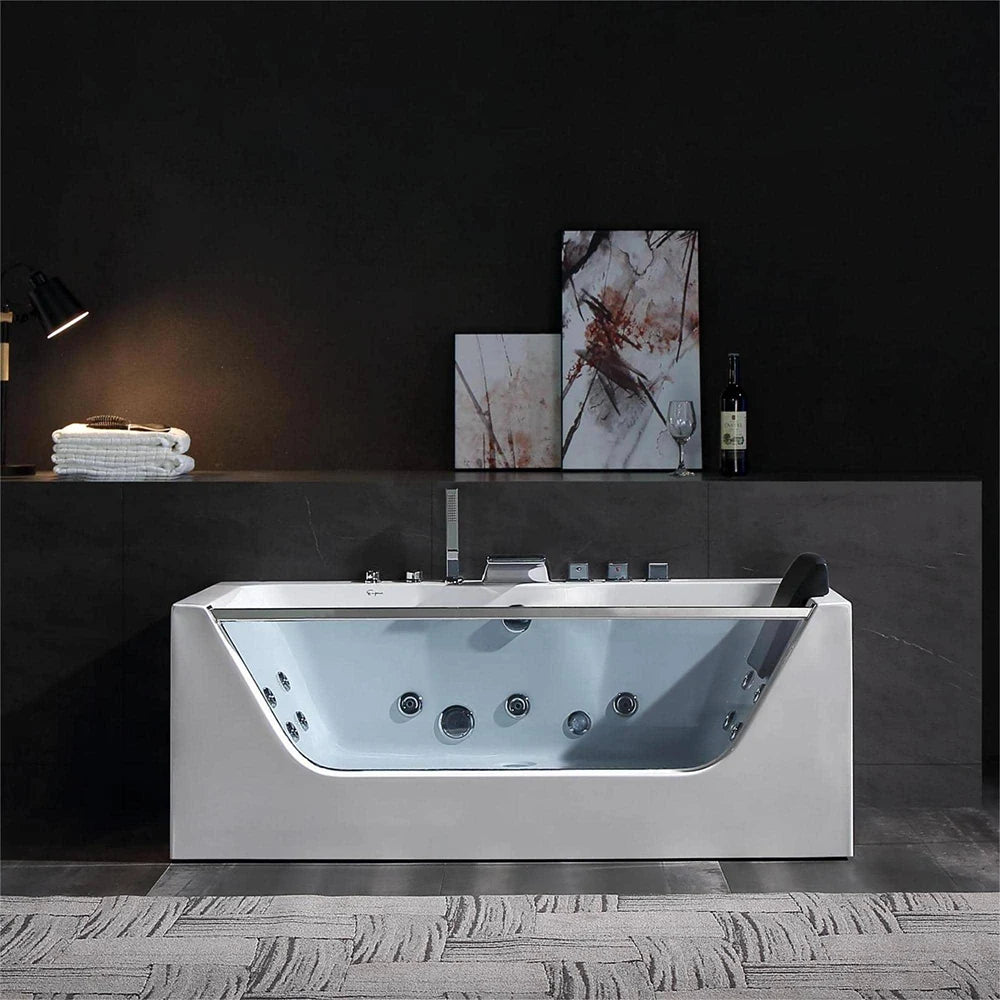
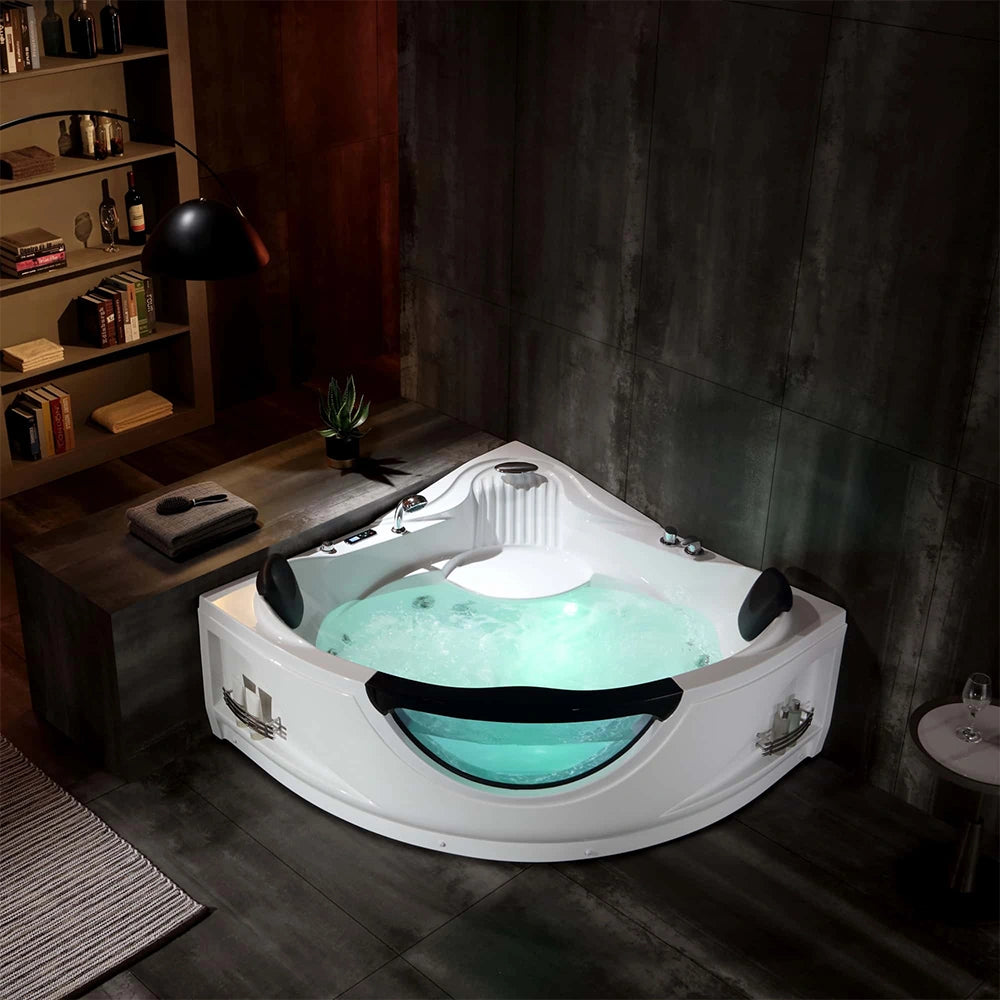
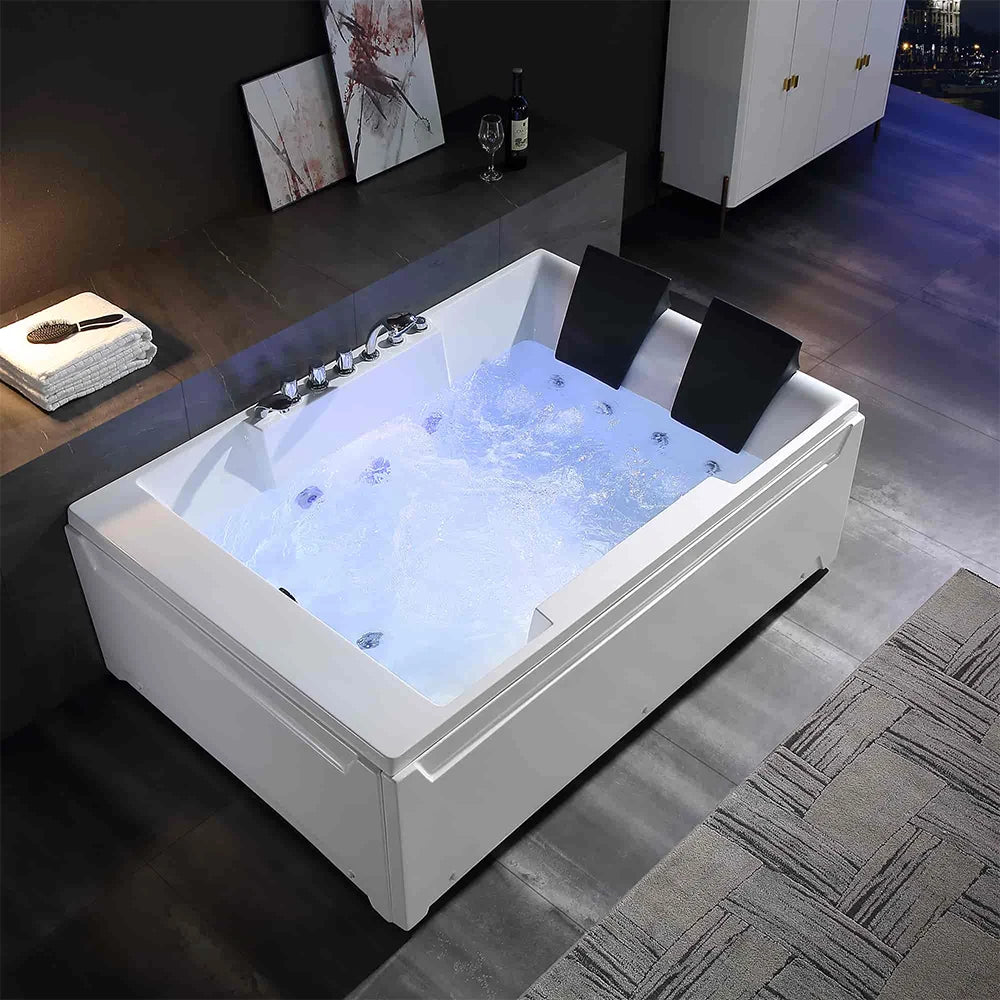
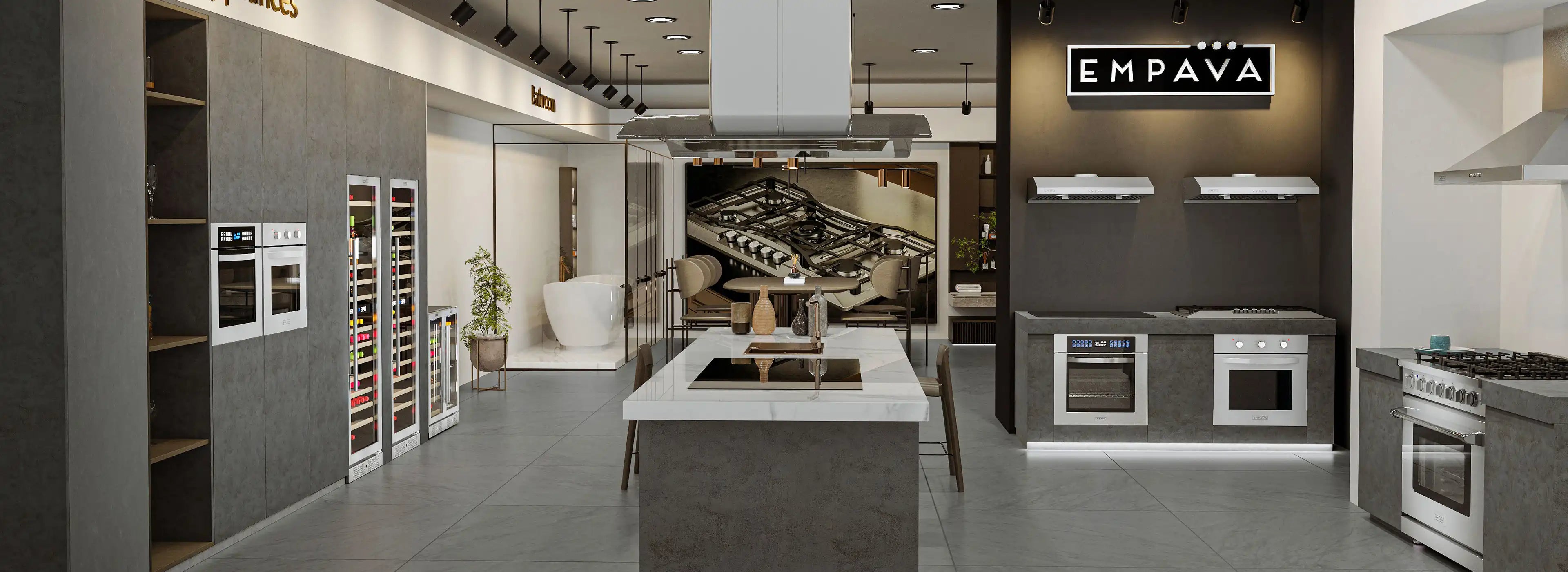


 added to cart
added to cart
 Select A Custom Kitchen Tool Set
Select A Custom Kitchen Tool Set